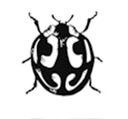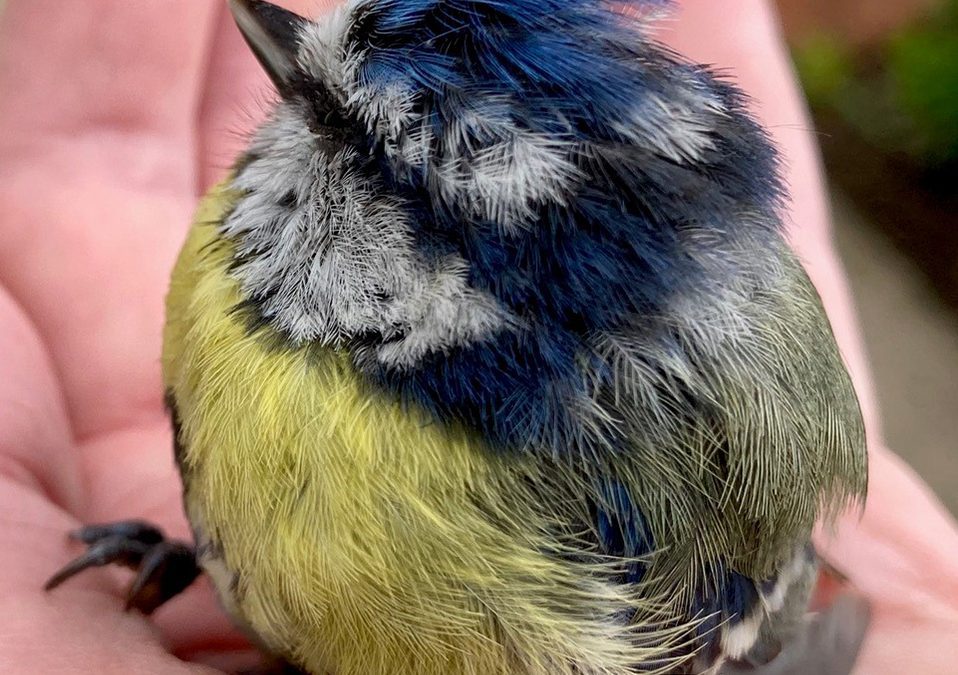Our gardens are a haven for wildlife and particularly birds. If we keep our gardens filled with a diverse range of plants the birds will visit. It is very restful to sit quietly and watch the birds pottering about, it can also become a bit addictive trying to spot as many different ones as possible.
My home is nestled in fields so I am surrounded by wildlife and lucky enough to have a huge population of bird visitors. Listed below are the regulars.
Blue Tits
Great Tits
Long Tailed Tits
Coal Tits
Greenfinch
Chaffinch
Goldfinch
Dunnock
Wren
Robin
Buzzard
Fieldfare
Mistle Thrush
Woodpecker
Swallow
Pied Wagtail
Brambling
Blackbird
Magpie
Crow
Jay
Jackdaw
Starling
Wood Pigeon
Lapwing
Pheasant
Red Legged Partridge
Heron
We also have some special visitors, Monty the Moorhen who we have been feeding since he was a chick and Jeff and Jackie a couple of ducks who come every year. They sleep in the garden during the day and waddle around the patio. We also have a kestrel who always sits on the electricity wire above the meadow hunting for food, it saves energy as no hovering is required!
The swallows are regular visitors and always nest here, they arrived 3 weeks earlier this year than last although it was still a bit chilly.
Our other special visitor is a barn owl who can often be seen on warm summer evenings silently gliding across the top of the meadow or perching on a fence post surveying the scene. We have been sitting in the meadow as this beautiful creature has passed by and it is quite a magical moment.
We feed the birds daily during the winter and they seem to know they will be well looked after. We have also planted a vast amount of trees and hedging to introduce more food and habitats for them.
I am particularly fond of hawthorn as a tree and a hedge. Not only is it very resilient it is also very beautiful with its red berries and clear white blossom giving it the common name of Mayflower. This native plant provides a rich source of berries for the birds as well as providing food and habitat for all manner of wildlife. I have planted long stretches of hawthorn hedging interspersed with dog roses for some added colour. I have also included groups of hawthorn trees with Crataegus monogyna (common hawthorn) and Crataegus ‘Paul’s Scarlet’ which, unlike the white flowers of the native tree, has bright cerise blossom. In the more formal garden area I have planted some half standard hawthorn which has pale pink double flowers, Crataegus laevigata ‘Rosea Flore Pleno’. The intention is to train these trees into an umbrella shape to give some formal structure framing the stepped entrances to the garden. Hawthorn is a strong grower, hence the common name quickthorn and it responds well to being trimmed; new shoots soon emerge at the end of trimmed branches so it can be an interesting choice for topiary although not widely used. I will see what happens with the hawthorn umbrellas as the years go by.
It’s clear the birds enjoy all the food on offer, both served up and planted and we should be mindful of doing are utmost to encourage as much wildlife as possible into our gardens. Not only can we help them but they also help us in many ways.

